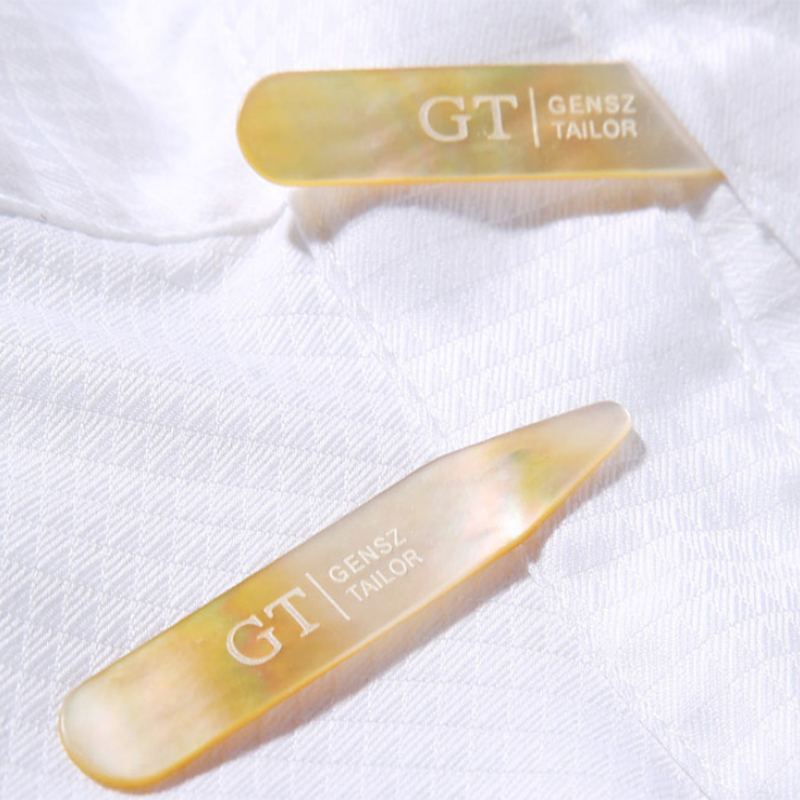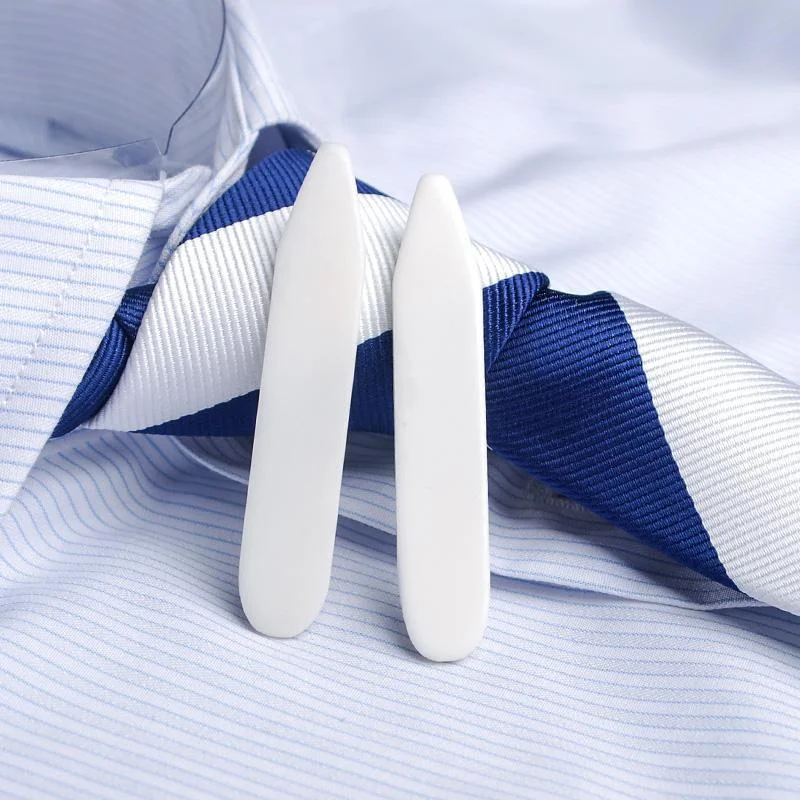How to tell mother of pearl is real or fake?
Investing in mother of pearl but worried you might get fooled by imitations? Paying premium prices for plastic or glass knock-offs is disappointing. Learn simple checks to ensure authenticity.
Real mother of pearl shows natural flaws, shifting rainbow iridescence, feels cool to touch, and yields fine powder when scraped. Fakes often appear uniform, feel warm, and scratch poorly.

The captivating shimmer of mother of pearl makes it highly desirable, but also a target for imitation. Knowing the inherent characteristics of the genuine article versus the common traits of fakes is essential for making informed purchases. Let’s delve into what makes mother of pearl unique.
what is mother of pearl?
Heard the term but unsure what exactly mother of pearl is? Confusing it with actual pearls or synthetic materials is easy. Understanding its natural source clarifies its value and appearance.
Mother of pearl, also known as nacre, is the hard, iridescent inner layer found lining the shells of certain mollusks like pearl oysters, abalone, and freshwater mussels.
Nacre is the beautiful, strong, and shimmering substance that mollusks create to protect the inside of their shells from parasites and foreign objects. It’s composed of microscopic calcium carbonate crystals (aragonite) layered with organic proteins (conchiolin). This unique layered structure is what diffracts light, producing the characteristic iridescence or ‘orient’. It’s the very same material that forms pearls – hence the name "mother" of pearl, as it’s the substance from which pearls originate. The specific mollusk species determines the base color and intensity of the iridescence, ranging from silvery white to creamy gold, grey, black, and even vibrant blues and greens in species like Abalone.
The features of mother of pearl?
Trying to judge MOP authenticity but unsure what specific signs to look for? Imitations can be deceptive. Focusing on key natural characteristics helps distinguish real nacre reliably.
Genuine mother of pearl is characterized by natural imperfections, unique and shifting iridescence, a cool touch, slight grittiness when rubbed, and produces fine powder when gently scraped.
Authentic mother of pearl possesses distinct features owing to its organic formation, setting it apart from man-made copies:
- Natural Imperfections & Uniqueness: Real MOP is rarely flawless. Expect subtle variations, minor surface irregularities, or slight inconsistencies in pattern or color. Absolute uniformity is often a sign of a fake. Each piece of genuine MOP is unique.
- Iridescence (Orient): This is a key identifier. Real nacre exhibits a deep, complex play of colors that shimmer and change noticeably as you shift the viewing angle under light. It often displays subtle rainbow hues. Fakes tend to have a more superficial, static, or painted-on luster.
- Cool Touch: Like natural gemstones, real mother of pearl typically feels cool against the skin, even in a warm environment, due to its density and thermal properties. Plastic fakes will quickly warm up and feel lighter.
- Texture: If you gently rub two pieces of real MOP together (or sometimes even against a tooth), you might feel a slight grittiness due to its crystalline structure. Fakes, especially plastic or glass, usually feel perfectly smooth.
- Scratch Test Powder: Gently scraping real MOP in an inconspicuous spot yields a fine, soft, white powder, similar to chalk or talc.
| Feature | Real Mother of Pearl | Fake Mother of Pearl |
|---|---|---|
| Surface | Subtle natural flaws, unique patterns | Often perfectly uniform, identical |
| Iridescence | Deep, shifting rainbow colors (orient) | Superficial, static shine |
| Temperature | Cool to the touch | Feels warm or room temperature |
| Texture | Slightly gritty when rubbed | Very smooth |
| Scratch | Yields fine, white, soft powder | Deep scratch, peels, rough powder |
how many types of fake mother of pearl?
Aware that fakes exist, but wondering what materials they use? Knowing the common imitation methods makes spotting inconsistencies easier. Understanding the materials helps identify tell-tale signs.
Common materials for fake mother of pearl include plastic, glass, pressed shell powder composites, and polished ordinary shell beads coated with pearlescent paint or finishes.

Imitation pearl of plastic

Imitation pear of glass

Shell beads
Manufacturers use various techniques and materials to mimic mother of pearl’s appearance, often prioritizing lower costs:
- Plastic: This is very common. Plastic is molded into shape and then coated with pearlescent paints or films. Look for a warm feel, lightness, easy scratching revealing base plastic, and overly uniform patterns.
- Glass: Molten glass is formed and coated. While it can achieve high gloss, the iridescence is often less complex and deep than real nacre. It feels smoother than real MOP.
- Pressed Shell Powder: Non-nacreous shell fragments are ground, mixed with resin or binders, pressed into shape, and coated. It might have some weight but lacks the true layered structure and optical depth of genuine MOP. The surface luster is applied, not inherent.
- Shell Beads (Coated): Beads or pieces are made from ordinary, non-iridescent parts of shells (like conch) and then heavily coated with pearlescent pigments. The underlying material isn’t nacre.
- Other Materials: Sometimes synthetic materials like resins or even chemical fibers ("mermaid pearl") are used, often producing overly bright or unnatural colors and effects not seen in genuine MOP.
some simple tips to identify the real mother of pearl out?
Need practical, on-the-spot methods to verify MOP? Forget complex lab analysis. Simple observation and tactile tests can quickly help you determine if it’s likely genuine.
Use simple tests: check under light for flaws and shifting color play, feel its coolness and weight, gently scratch for fine powder, and optionally test the powder’s burn reaction.
Here are practical steps you can take to assess mother of pearl authenticity:
- Light Examination: Hold the item under a good light source. Look closely for tiny natural imperfections – slight bumps, variations in the pattern. Tilt the piece back and forth. Does the luster shimmer and change colors subtly (showing blues, pinks, greens)? Real MOP has depth and complexity. Fakes often have a flat, uniform sheen that doesn’t change much with angle.
- Touch & Temperature Test: Place the MOP against your skin (cheek or wrist is sensitive). Does it feel noticeably cool? Does it have a satisfying weight relative to its size? Plastic imitations will feel warmer and lighter.
- Scratch Test: Use extreme care and test only on an inconspicuous area (e.g., the back or edge). Gently try to scrape the surface with the tip of a small knife or a pin. Real MOP should yield a fine, chalky white powder without leaving a deep gouge. Plastic will likely show a deeper scratch mark or even peel; glass will resist scratching or chip; coated materials might reveal a different color underneath.
- Burn Test (on Powder Only): Exercise extreme caution and do this only if feasible and safe. Collect the powder from the scratch test. Briefly expose this powder to a flame (e.g., from a lighter). Powder from real MOP (calcium carbonate and protein) will likely glow, char slightly, and might smell faintly like burnt hair or fingernails. Plastic residue will melt, smell strongly of burning plastic, and leave a dark, misshapen blob.
Conclusion
Distinguish real MOP by its unique natural flaws, shifting iridescence, cool touch, and fine scratch powder. These simple checks help differentiate genuine nacre from plastic or glass imitations effectively.







